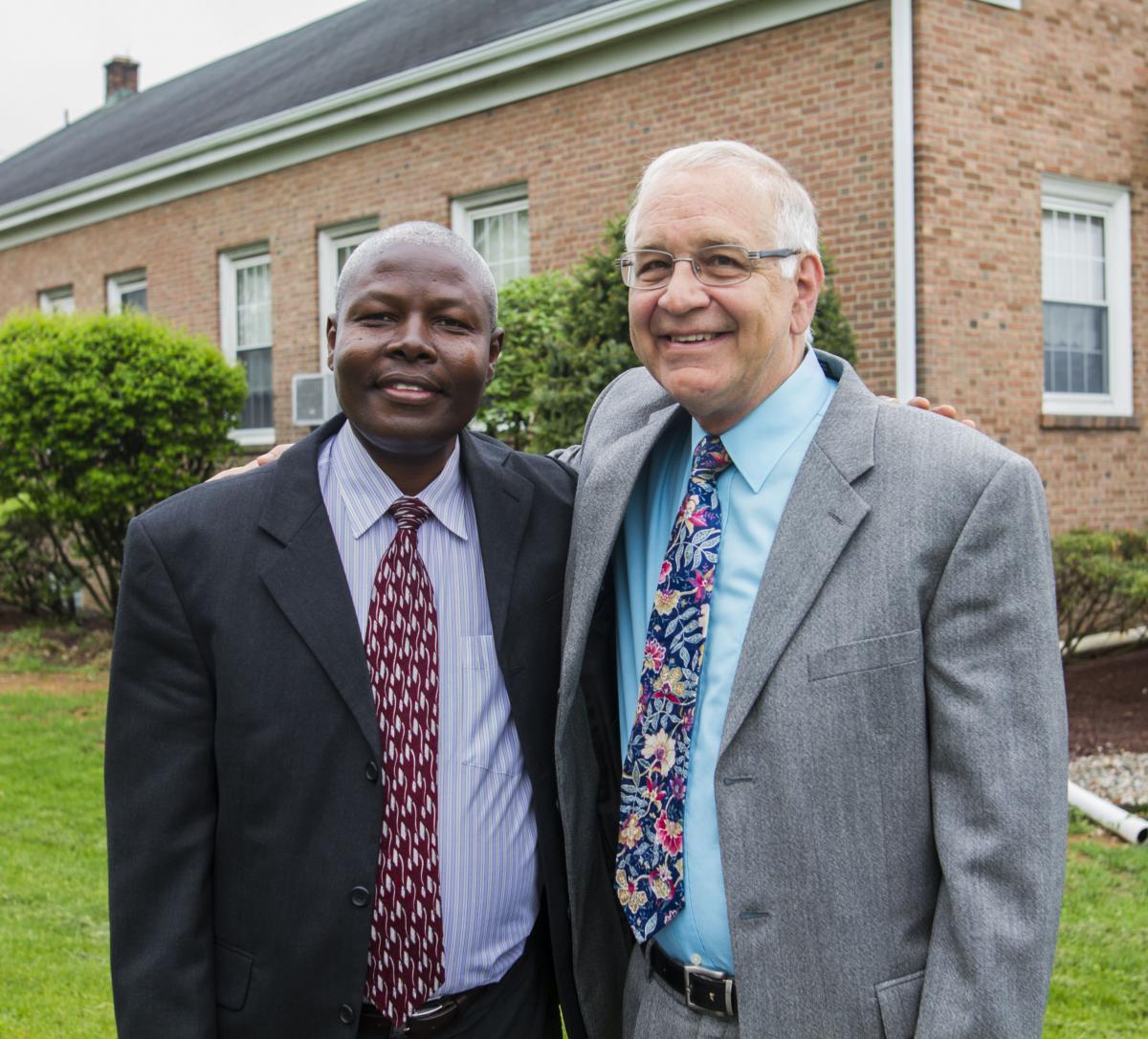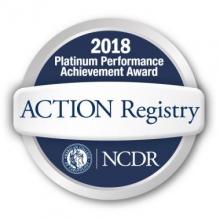Story by Visitor Staff / Photo by Leandro Lima
Nine students from academies within the Columbia Union Conference recently received the Office of Education’s annual Caring Heart Award. The following graduates were nominated for demonstrating a personal commitment to service and witnessing.
Blue Mountain Academy – Lorena D. Alves
Highland View Academy – Catarina Sanches
Lake Nelson Adventist Academy – Brendan Sierra
Pine Forge Academy – Jonathan Williamson
Richmond Academy – Wendy Reyes (pictured above with Principal Nancy Malashenko)
Shenandoah Valley Academy – Pedro Teste-Pereira
Spencerville Adventist Academy – Favour Ogbue
Spring Valley Academy – Janelle Richardson
Takoma Academy – Taylor A. Gordon





 Story by V. Michelle Bernard
Story by V. Michelle Bernard
 Story by Edwin Manuel Garcia/ Images by Brian Tagalog, Kristi Rutt, Marving Alegria, Goodness Mcfiberesima and Tracey Brown
Story by Edwin Manuel Garcia/ Images by Brian Tagalog, Kristi Rutt, Marving Alegria, Goodness Mcfiberesima and Tracey Brown




